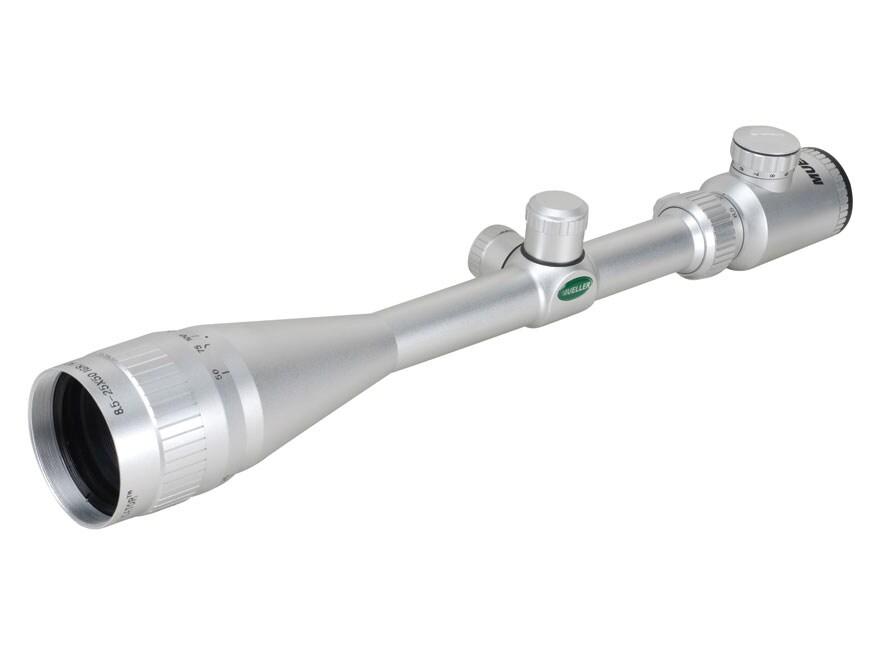dwinmeade
Well-Known Member
BTW,
MTbackwoods:
You may want to look at Athlon MIDAS TAC - Great value same quality as Vortex, lower price and First Focal Point, 6-24 - X 50
I have a Midas TAC, MOA...excellent scope, as well as, the Ares ETR 4.5-30×56 APLR2 FFP IR MOA UHD, which is more money though.
I use FFP MOA scopes because I can range find with them.
A 12" high standing-up woodchuck that is 6 MOA high in my scope...is 200 yards away. 4 MOA high...300 yards away. 12 MOA high, spit on him first...only 100 yards away.
A 6" high prone woodchuck that is 6 MOA high in my scope...is 100 yards away. 4 MOA high...150 yards away. 2 MOA high...is 300 yards away.
A 24" high (back to ground) coyote that is 6 MOA high in my scope...is 400 yards away. 4 MOA high...600 yards away. 12 MOA high...200 yards away.
Athlon explains the formula for all the MOA scopes they sell.

